The Utah Governor’s Office of Planning and Budget and Department of Health partnered with the University of Utah to create the Health & Economic Recovery Outreach (HERO) Project, which studied the two COVID-19 testing strategies in schools to resume and sustain in-person K-12 instruction. The “Test to Play” program required students to take COVID-19 tests to participate in extracurricular activities, and the “Test to Stay” is an optional program for schools with outbreaks. Combined with other prevention strategies, the testing strategies demonstrated promising results in mitigating the spread of the virus. The studies showed that they contributed to the opening and provision of in-person instruction –saving an estimated 109,752 in-person instruction student days last school year. The U.S. Centers for Disease Control and Prevention has recognized this approach as an emerging practice for other states seeking to return to in-person instruction.
The Utah Governor’s COVID-19 Multicultural Advisory Committee includes a racially and ethnically diverse cross-section of community advocates, nonprofits, state agencies, faith-based organizations, healthcare and industry partners, educators, and business leaders. The committee, in partnership with community-based partners, developed the “Striving Toward Equity: Utah’s COVID-19 Vaccine Distribution Roadmap,” a plan for equitable vaccine distribution across the state that incorporated suggestions for accurate collection and reporting of racial and ethnic data. As the state implemented the plan, missing race/ethnicity data was reduced by 50%, and vaccination rates improved for some communities –the vaccination rate among Hispanic/Latino populations increased by 463% in the same time that the rate for the white population increased by 262%. The legislature has since committed additional funding to studying race and ethnic data disparities.
The Utah Office of the State Auditor’s Project KIDS is a specialized performance audit that integrates financial, operational, and performance data to improve data-driven decision-making in the state’s K-12 public education system. By incorporating financial, operational, and performance data sourced from three different databases, the framework enables stakeholders and the public to understand resources spent and student-level performance. The school spending map and other analytic resources allow policymakers to make data-informed spending decisions.
The Utah Data Research Center (UDRC) was created by a 2017 law to integrate data from the Utah System of Higher Education, Utah System of Technical Colleges, Utah State Board of Education, Utah Department of Health, and the Utah Department of Workforce Services. Together, these constitute the “P20W” pipeline. UDRC offers “data products” (such as academic-quality research, reports, and dashboards) and “data as a product” for external researchers. UDRC annually publishes a research agenda in priority order including the primary stakeholder and research description. It also maintains a public archive of previous years’ learning agendas.
